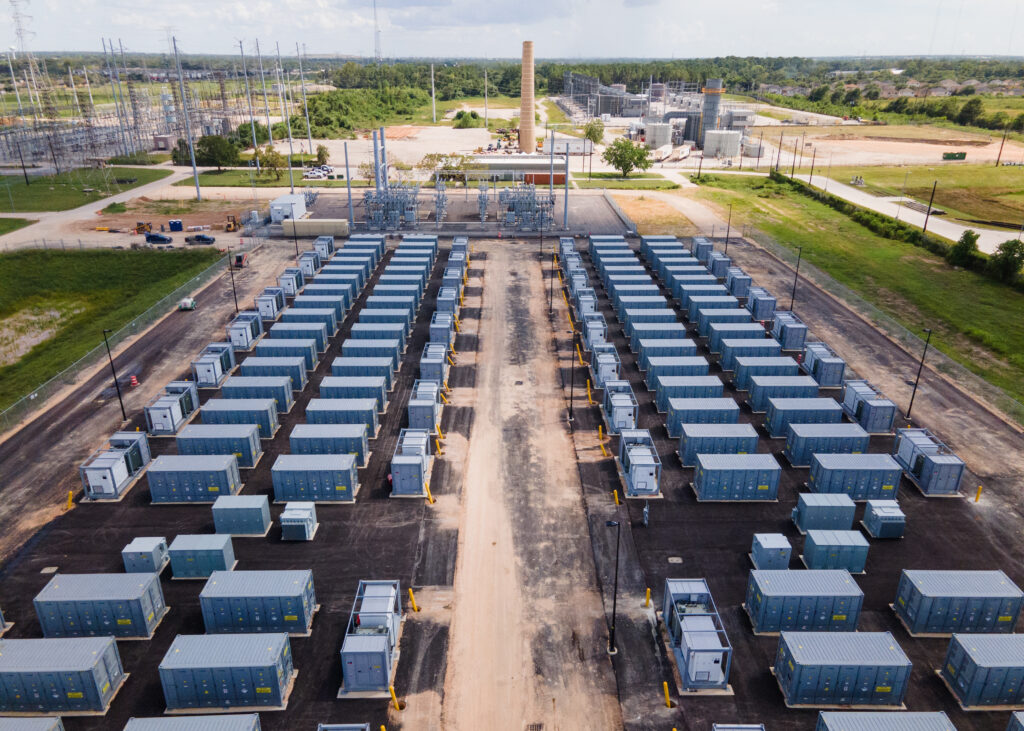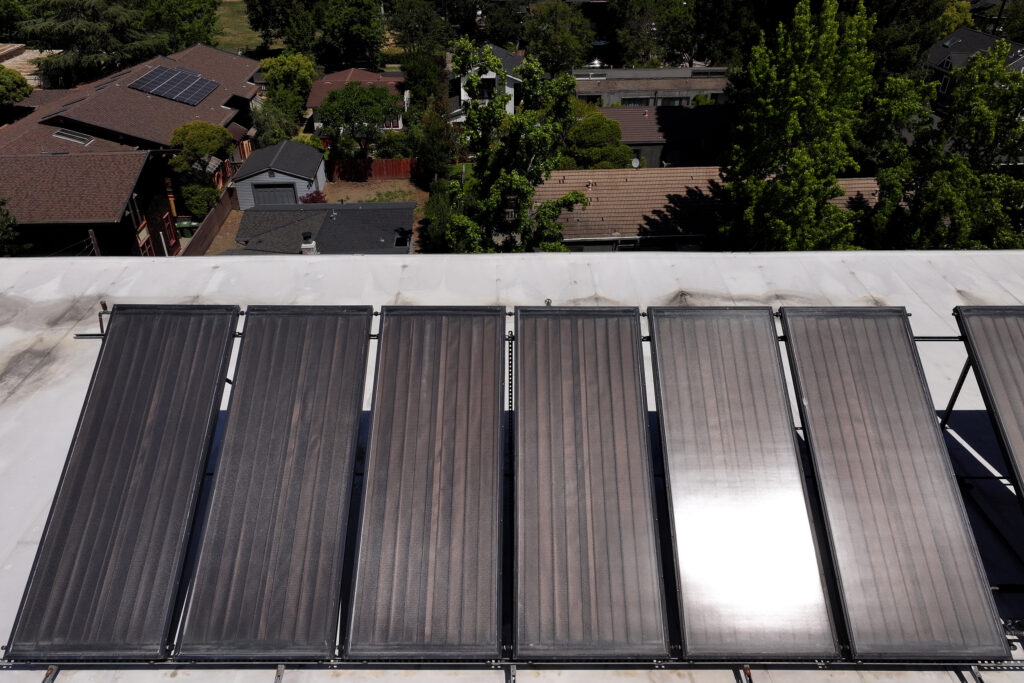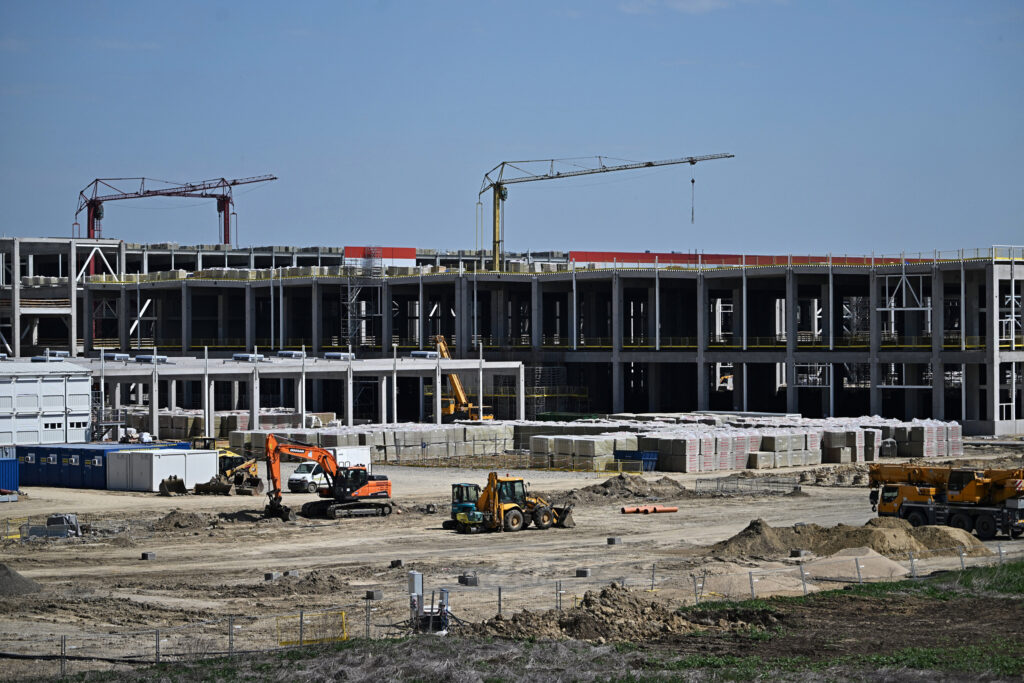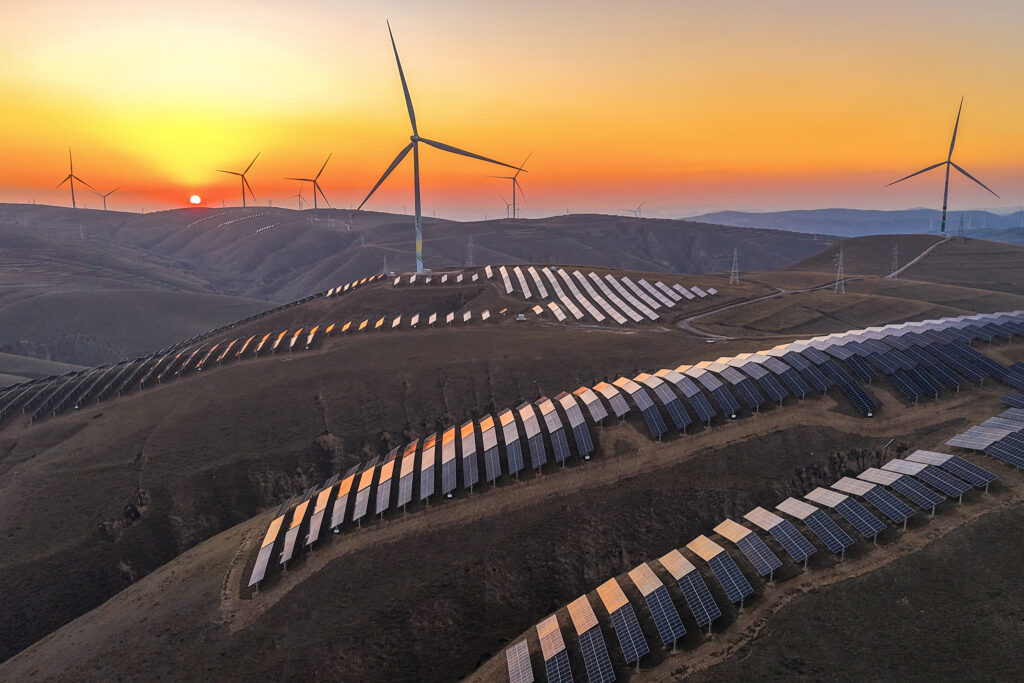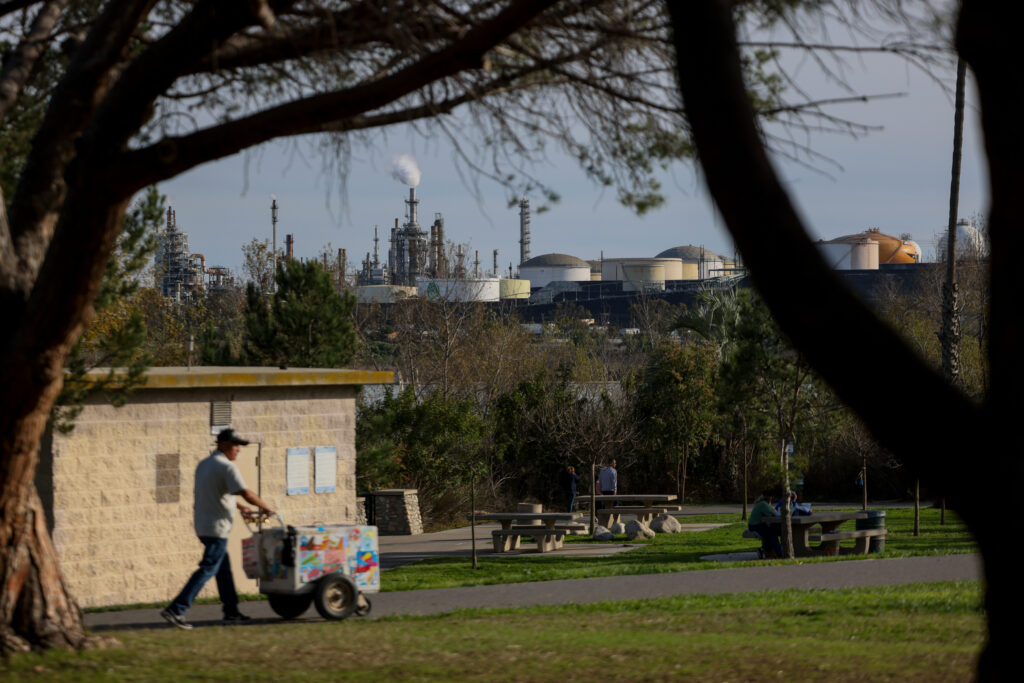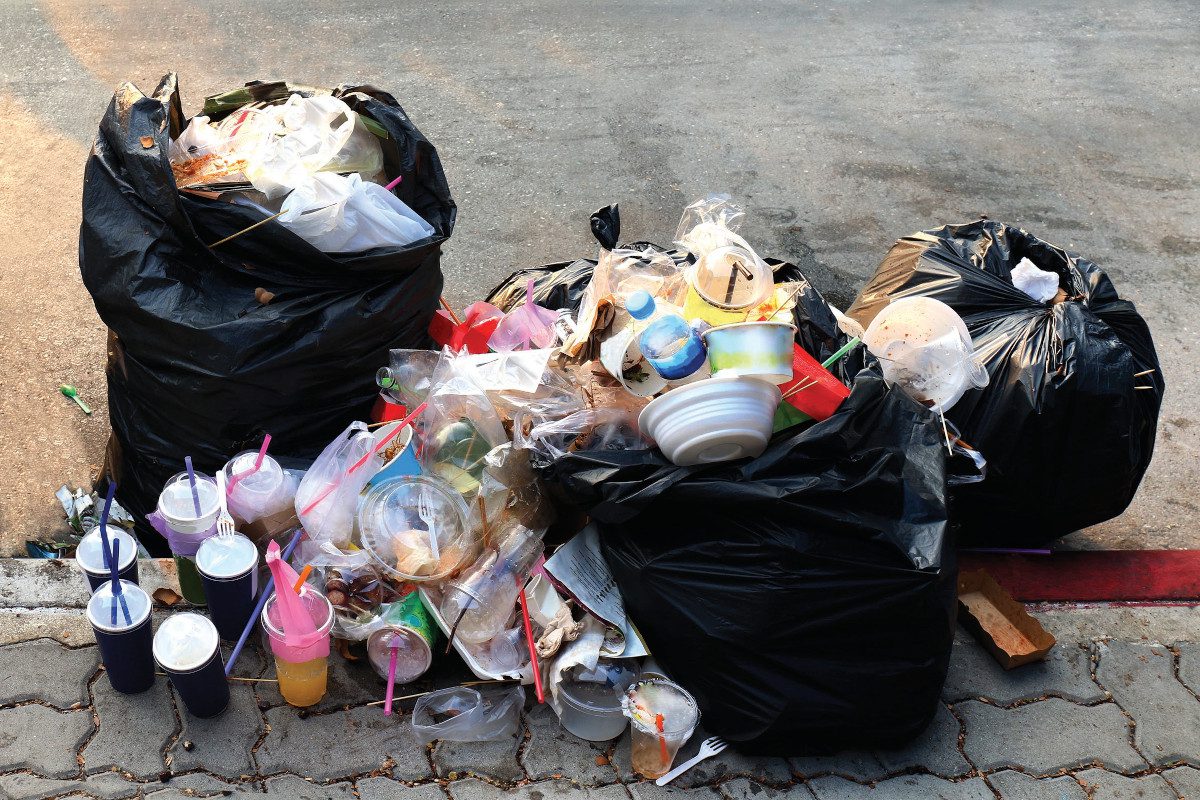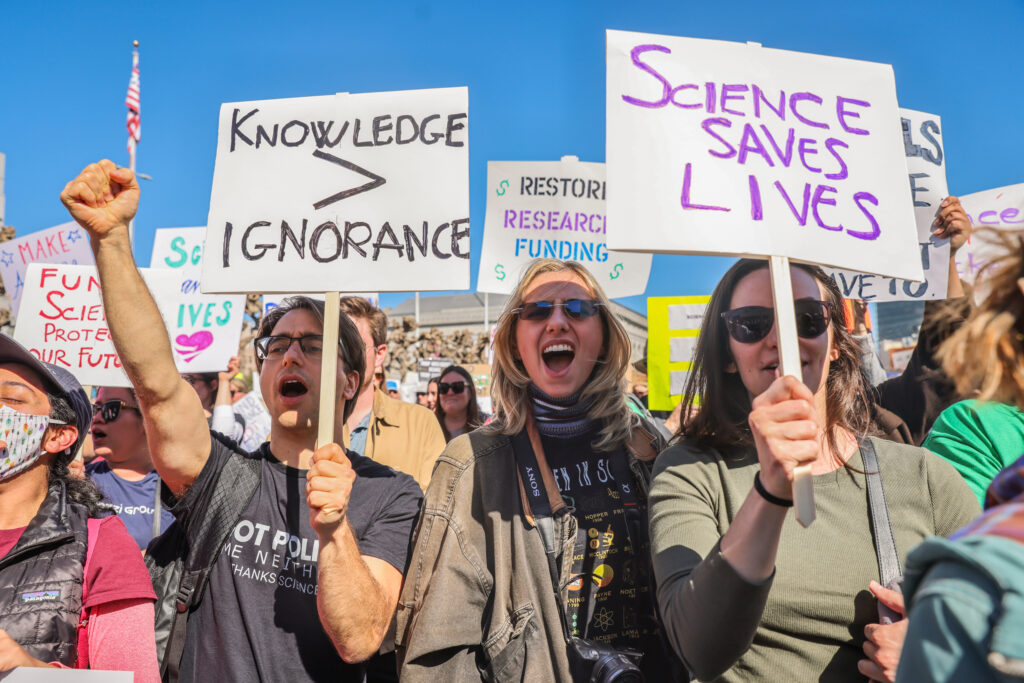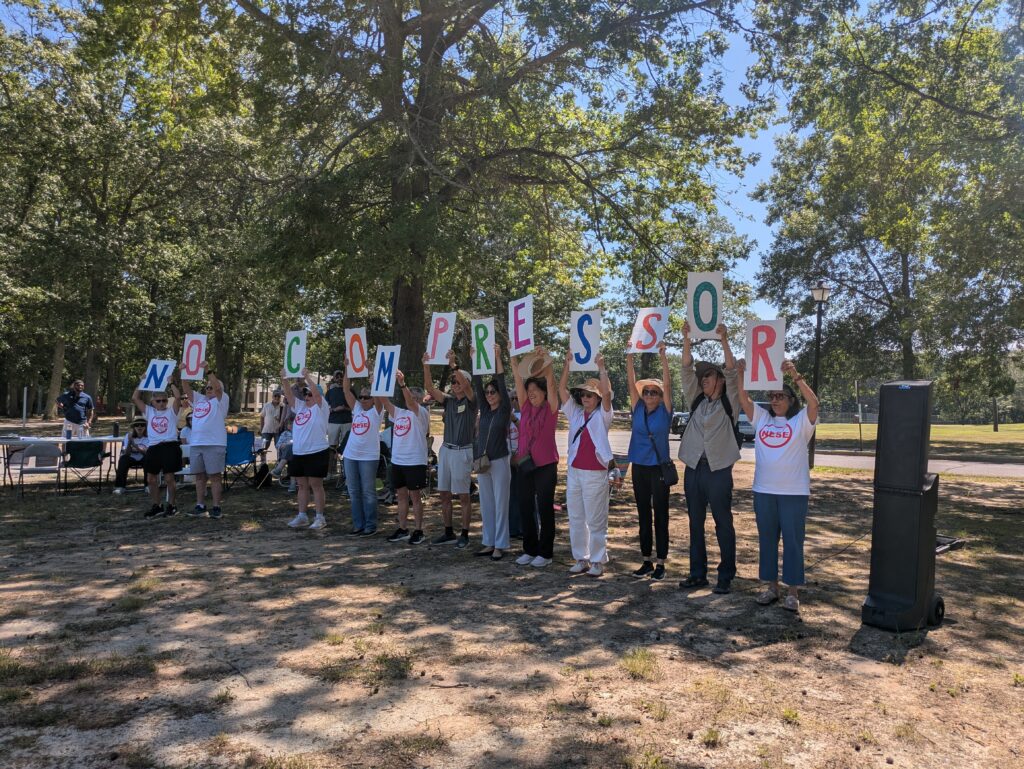A groundbreaking community solar program is fighting for its life in Minnesota.
Legislation in the state Senate would end the subscription-based “solar garden” program that started in 2013, got a major revision in 2023 and has been a model for other states.
The case against this initiative can be summed up by testimony last month by Rick Evans, a lobbyist for Xcel Energy, the state’s largest utility. He explained that community solar has high costs compared to other clean options at a time when the company is working to comply with a state law requiring a shift to 100 percent carbon-free electricity by 2040.
“The solar garden energy prices are still as much as double the cost of other carbon-free resources that we have available to us,” he said at a March 26 Senate committee hearing.
We’re hiring!
Please take a look at the new openings in our newsroom.
See jobs
The Minnesota bill, Senate File 2393, stands out for the way it would reduce community solar at a time when the idea is still in its ascendancy in much of the country. The Biden administration’s Solar for All program is a leading driver, with money to help pay for rooftop solar and community solar in low- and moderate-income communities. This is one Biden program that the Trump administration has not yet tried to defund.
As of last year, 23 states and the District of Columbia had laws allowing community solar, according to the National Renewable Energy Laboratory. Montana and Ohio are among the states where bills allowing community solar have passed legislative chambers this year, according to the NC Clean Energy Technology Center at North Carolina State University.
But I’m getting ahead of myself. When writing about community solar, one of the first tasks is to explain what it is. There is no agreed-upon definition, but the term usually refers to programs that allow households and businesses to pay to subscribe to a solar project and receive a bill credit from the local utility.
In many cases, customers receive the equivalent of a discount on this electricity, which means community solar can serve a dual purpose of encouraging renewable energy development and helping people manage their bills. The discount is usually paid for by a government program or by spreading the costs over the rest of the utility’s customer base.
In Minnesota, they use the term “solar garden” to describe community solar, although these are quite big gardens, containing some solar projects that can cover dozens of acres.
Minnesota ranks fourth in the country with 910.4 megawatts of community solar. The leaders are Florida, New York and Massachusetts. (Some renewable energy and consumer advocates argue that Florida’s program shouldn’t count because it doesn’t offer some of the consumer benefits that are common in other states, such as a net savings on electricity costs.)

At the hearing last month, Evans was outnumbered by people who testified that community solar is essential for helping expand access to renewable energy to low-income individuals and those who live in apartments or in places not well-suited to rooftop solar.
“We feel it is premature to sunset this program,” said Pete Wyckoff, deputy commissioner for energy resources at the Minnesota Department of Commerce, at the same hearing. “It is scaling today. It is delivering savings to the target households it was designed to serve.”
His testimony on the bill is in line with the official stance of his agency, which is also the stance of Gov. Tim Walz’s administration, according to a representative for the Department of Commerce.
The bill is being debated at a moment of flux in Minnesota politics. Democrats had complete control of state government last year, but Republicans gained enough seats in the House to now have a 67-67 tie with Democrats. Democrats retain control of the Senate and governor’s office.
And yet, partisanship doesn’t explain much about this bill, since the leading players on both sides are Democrats.
The bill’s sponsors include Sen. Nick Frentz, a Democrat who also is part of the Senate leadership and chair of the energy committee. His main argument is that community solar is not cost effective, so he is calling for a three-year phaseout.
“The cheaper the energy is, the more we will build,” he said at the March 26 hearing. “The more expensive it is, the less we will build.”
Community solar projects are usually on the small side, with capacity of 1 to 5 megawatts. This is in contrast with large utility-scale projects such as Xcel’s Sherco Solar in Sherburne County, Minnesota, which is on track to have a capacity of 710 megawatts.
When Frentz talks about high costs, he is looking at how super-size projects like Sherco Solar have economies of scale that lead to lower electricity costs compared to community solar.
Community solar has gotten big enough to attract specialized developers and to have a trade association, the Coalition for Community Solar Access.
“Minnesota kind of leads by example,” said Nick Bowman, senior manager of markets and research for the coalition.
Minnesota was a pioneer in community solar and has been a leader in improving its program to make it more equitable, he said. A 2023 state law changed the program’s rules to emphasize access for low- and moderate-income households, and it also responded to concerns from Xcel by placing a statewide limit on how much community solar could be built each year.
Considering the prominence of Minnesota in the community solar world, it would be harmful for the state to abandon its program, Bowman said.
Minnesota also is the home of a leading researcher on community solar: Gabriel Chan, who teaches at the University of Minnesota’s Humphrey School of Public Affairs. He is co-author of “Sharing the Sun,” the National Renewable Energy Laboratory’s annual guide to community solar.
“Xcel has never liked this program,” he said.
This story is funded by readers like you.
Our nonprofit newsroom provides award-winning climate coverage free of charge and advertising. We rely on donations from readers like you to keep going. Please donate now to support our work.
Donate Now
He thinks some of the utility’s concerns are understandable, such as requirements to accommodate the needs of community solar developers, despite having little control over the projects. Also, the program is only in Xcel service territory. Other utilities, including other investor-owned utilities, aren’t subject to the same requirements, a remnant of the initial law in 2013.
Xcel has been emphasizing the idea that the growth of community solar leads to a cost shift, with non-solar customers subsidizing community solar customers.
(Xcel has not issued an official stance on the bill, despite giving testimony that sounded a lot like an endorsement. Asked for clarification, an Xcel spokesman said the bill “starts an important conversation about the costs and benefits of community solar gardens,” but he did not comment on whether the company is encouraging lawmakers to vote for it.)
Chan sees minimal cost shift, and he also disagrees with the idea that a cost shift is a problem.
“Cost shifts get thrown out there as an inherently bad thing, but I would actually argue the opposite,” he said. “Cost shifts are actually one of the most powerful tools that regulators and legislatures have to create energy policy. We would not have universal service of electricity without cost shifts that allow rural folks in the service area to pay the same amount as urban folks when the cost of service is so different.”
Also, he thinks the criticism of the program focuses almost exclusively on costs while failing to acknowledge benefits, such as an improvement in the ability of some people to afford electricity. He pointed to a study issued last year by the Department of Commerce that shows the program’s benefits exceed the costs and that cost shifts are small.
Does he think the bill will pass?
“My personal opinion is it’s kind of unlikely,” he said.
I spoke with several others who said the same thing: It’s difficult to imagine Walz signing this, even if it’s part of a larger negotiation that includes other policies. The measure has passed the Senate energy committee and is now awaiting action from the Senate finance committee.
Even if it doesn’t become law, I’m paying attention because this debate shows what opposition to community solar looks like, and what defenses arise to fend off the attack. It’s not much of a stretch to think we’ll see these same arguments in other states as community solar gets larger.
Other stories about the energy transition to take note of this week:
US Finalizes Crushing Tariffs on Some Southeast Asian Solar Imports: U.S. trade officials have set tariffs on solar imports from some Southeast Asian nations as high as 3,500 percent, part of a case in which U.S. manufacturers have alleged that Chinese companies are avoiding tariffs by shipping their products through other nations, as Nichola Groom reports for Reuters. The tariffs vary widely. Cambodia has the highest tariff of 3,500 percent because its companies refused to cooperate with the U.S. investigation. Jinko Solar products from Malaysia have among the lowest tariffs at 41.56 percent.
Tesla Reports a Big Drop in Sales as Elon Musk Says He Will Focus More on the Company: Tesla fell short of analyst expectations on sales and profit, with revenue from its car business falling by 20 percent in the first quarter compared to the same quarter in 2024, as Lora Kolodny and Ari Levy report for CNBC. CEO Elon Musk said in a conference call with analysts that he will be focusing more attention on his companies because his time with President Donald Trump’s Department of Government Efficiency will fall significantly in May. Musk’s work in the Trump administration and his support for right-wing causes has hurt Tesla’s brand image.
CATL Announces 320-Mile Battery That Can Charge in 5 Minutes: CATL, the world’s largest maker of EV batteries, said this week that its new battery has a range of 320 miles and can recharge in five minutes, as John Liu reports for CNN. This is the latest bit of one-upmanship between CATL and BYD, both of which are based in China. A CATL executive said the new battery would power 67 vehicle models this year, but he didn’t specify which vehicles. U.S. tariffs, even before the Trump administration’s recent actions, have kept Chinese EVs out of this country and limited the use of Chinese batteries.
Trump Order Has Halted Work on Empire Wind, Harming New York’s Ability to Meet Climate Goals: New York elected officials and union leaders are upset by the Trump administration’s order that halted work on Empire Wind 1 offshore wind project, as my colleague Lauren Dalban reports. Interior Secretary Doug Burgum issued the order, saying his agency needed to review evidence that the Biden administration rushed through its process in granting the project a federal permit.
A Look at the Funeral Director Who Helped to Bring Wind Energy to His Missouri Town: Eric Chamberlain, a funeral director in northwest Missouri, played a key role in getting his community to help bring wind energy development that now generates a large share of local tax revenue, as Cara Buckley reports for The New York Times.
Inside Clean Energy is ICN’s weekly bulletin of news and analysis about the energy transition. Send news tips and questions to [email protected].
About This Story
Perhaps you noticed: This story, like all the news we publish, is free to read. That’s because Inside Climate News is a 501c3 nonprofit organization. We do not charge a subscription fee, lock our news behind a paywall, or clutter our website with ads. We make our news on climate and the environment freely available to you and anyone who wants it.
That’s not all. We also share our news for free with scores of other media organizations around the country. Many of them can’t afford to do environmental journalism of their own. We’ve built bureaus from coast to coast to report local stories, collaborate with local newsrooms and co-publish articles so that this vital work is shared as widely as possible.
Two of us launched ICN in 2007. Six years later we earned a Pulitzer Prize for National Reporting, and now we run the oldest and largest dedicated climate newsroom in the nation. We tell the story in all its complexity. We hold polluters accountable. We expose environmental injustice. We debunk misinformation. We scrutinize solutions and inspire action.
Donations from readers like you fund every aspect of what we do. If you don’t already, will you support our ongoing work, our reporting on the biggest crisis facing our planet, and help us reach even more readers in more places?
Please take a moment to make a tax-deductible donation. Every one of them makes a difference.
Thank you,






